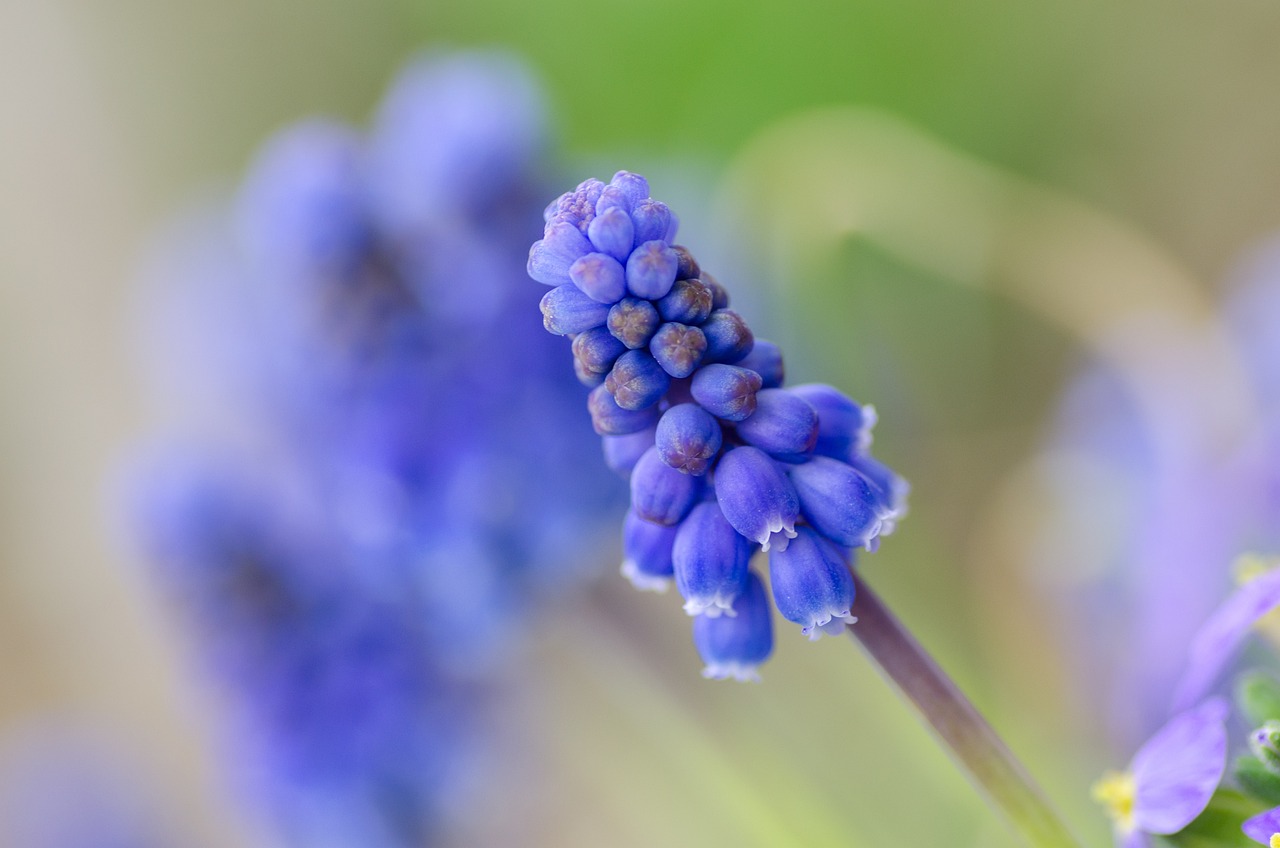Tulips are beautiful flowers that can bring a burst of color to any garden or floral arrangement. However, like any living thing, tulips can wilt and lose their vitality over time. But fear not! There are several tips and tricks you can use to bring your wilted tulips back to life and extend their lifespan.
First and foremost, proper watering techniques are crucial for keeping your tulips healthy and vibrant. Tulips need regular watering, but it’s important not to overdo it. Overwatering can lead to root rot and wilting. On the other hand, underwatering can cause the tulips to dry out and become weak. To strike the perfect balance, water your tulips when the top inch of soil feels dry to the touch. This will ensure that they receive enough moisture without drowning their roots.
In addition to proper watering, pruning and deadheading are essential for reviving wilted tulips. Pruning involves removing any dead or damaged leaves and stems. This helps redirect the plant’s energy towards new growth and prevents diseases from spreading. Deadheading, on the other hand, involves removing spent flowers. By doing so, you encourage the tulip to produce more blooms and prolong its overall vitality.
To summarize, bringing wilted tulips back to life and extending their lifespan requires proper watering techniques, pruning, and deadheading. By following these tips and tricks, you can enjoy the beauty of your tulips for a longer period of time. Remember, a little care and attention can go a long way in keeping your tulips thriving and full of life.
Proper Watering Techniques
Proper watering techniques are essential for maintaining the health and vitality of your tulips. By watering them correctly, you can prevent wilting and promote healthy growth. Here are some tips to ensure your tulips receive the right amount of water:
- Water deeply: When watering your tulips, make sure to provide enough water to reach the root zone. This encourages the roots to grow deeper and strengthens the plant.
- Avoid overwatering: While tulips require regular watering, it is crucial not to overwater them. Excessive moisture can lead to root rot and other fungal diseases. Allow the soil to dry out slightly between watering sessions.
- Timing is key: Water your tulips early in the morning or late in the evening when the temperature is cooler. This helps to minimize water loss due to evaporation and allows the plants to absorb the moisture more effectively.
- Use the right watering method: Instead of overhead watering, which can splash water on the foliage and increase the risk of disease, consider using a soaker hose or drip irrigation system. These methods deliver water directly to the soil, reducing waste and promoting efficient absorption.
By following these proper watering techniques, you can ensure that your tulips stay hydrated, prevent wilting, and promote their overall health and growth.
Pruning and Deadheading
Pruning and deadheading are essential practices when it comes to maintaining the health and vitality of your tulips. By understanding the importance of these techniques, you can encourage new blooms and extend the lifespan of your beautiful flowers.
Ensuring the well-being of your tulips requires essential practices like pruning and deadheading. By grasping the significance of these methods, you foster fresh blooms and prolong the splendor of your exquisite flowers. Discover more insights at https://flowerflood.com/, a comprehensive site dedicated to flower knowledge.
Pruning involves removing any damaged or diseased parts of the tulip plant. This not only improves the overall appearance of the plant but also prevents the spread of diseases. When pruning, make sure to use clean and sharp tools to avoid causing further damage. Additionally, removing any dead or yellowing leaves helps redirect the plant’s energy towards new growth.
Deadheading, on the other hand, refers to the process of removing spent flowers from the tulip plant. By doing so, you prevent the plant from wasting energy on seed production and instead encourage it to produce more blooms. Deadheading also helps maintain a neat and tidy appearance in your garden.
To make the most of pruning and deadheading, it’s important to know the right time to perform these tasks. Pruning should be done in the early spring before the tulips start to bloom. Deadheading, on the other hand, can be done as soon as the flowers start to fade. Remember to cut the stem just above a healthy leaf node to promote new growth.
In summary, pruning and deadheading are crucial practices for maintaining the health and vitality of your tulips. By removing damaged parts and spent flowers, you encourage new blooms and prolong the lifespan of your tulip plants. So grab your gardening tools and give your tulips the care they deserve!
Frequently Asked Questions
- How often should I water my tulips?Tulips should be watered thoroughly once a week, providing enough water to moisten the soil to a depth of at least 6 inches. However, it’s important to avoid overwatering as it can lead to root rot. Make sure the soil is well-drained and allow it to dry slightly between waterings.
- Can I revive wilted tulips?Yes, you can revive wilted tulips by placing the stems in a vase filled with fresh water. Cut about an inch off the bottom of the stems at a diagonal angle before placing them in the water. Additionally, you can revive wilted tulips by submerging the entire flower in cold water for about an hour before placing them in a vase.
- When should I prune and deadhead my tulips?Pruning and deadheading tulips should be done after the flowers have faded and the petals have fallen off. Cut the stem back to the base, but make sure to leave the foliage intact. This allows the tulip to redirect its energy towards bulb development for the next season.
- How can I extend the lifespan of my tulips?To extend the lifespan of your tulips, place them in a cool location away from direct sunlight and heat sources. Change the water every two days and add flower food to the vase. Additionally, trim the stems every few days and remove any wilted or decaying petals to maintain the freshness and vitality of the flowers.










